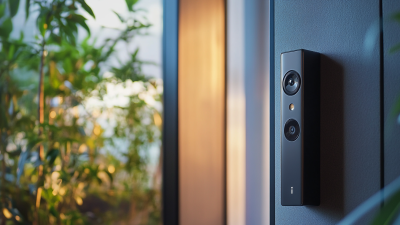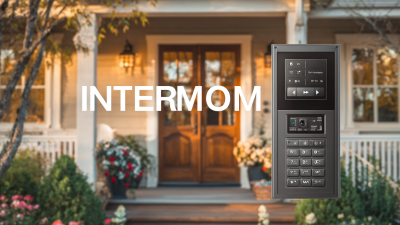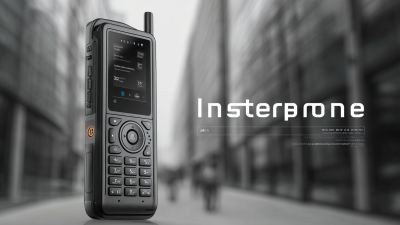In today's rapidly evolving technological landscape, the integration of smart technology into security systems has become imperative for both residential and commercial properties. The use of an IP Door Entry System, which leverages Internet Protocol to enhance accessibility and security, is gaining traction as a preferred solution. According to a recent report by MarketsandMarkets, the global smart door lock market is expected to grow from $1.5 billion in 2020 to $4.5 billion by 2025, demonstrating a robust CAGR of 25.5%. This surge reflects a growing consumer demand for security solutions that not only prevent unauthorized access but also offer convenience through features like remote entry management and real-time surveillance. By adopting an IP Door Entry System, property owners can significantly uplift their security measures while enjoying the convenience that smart technology brings, subsequently transforming traditional entry systems into sophisticated, user-friendly interfaces.
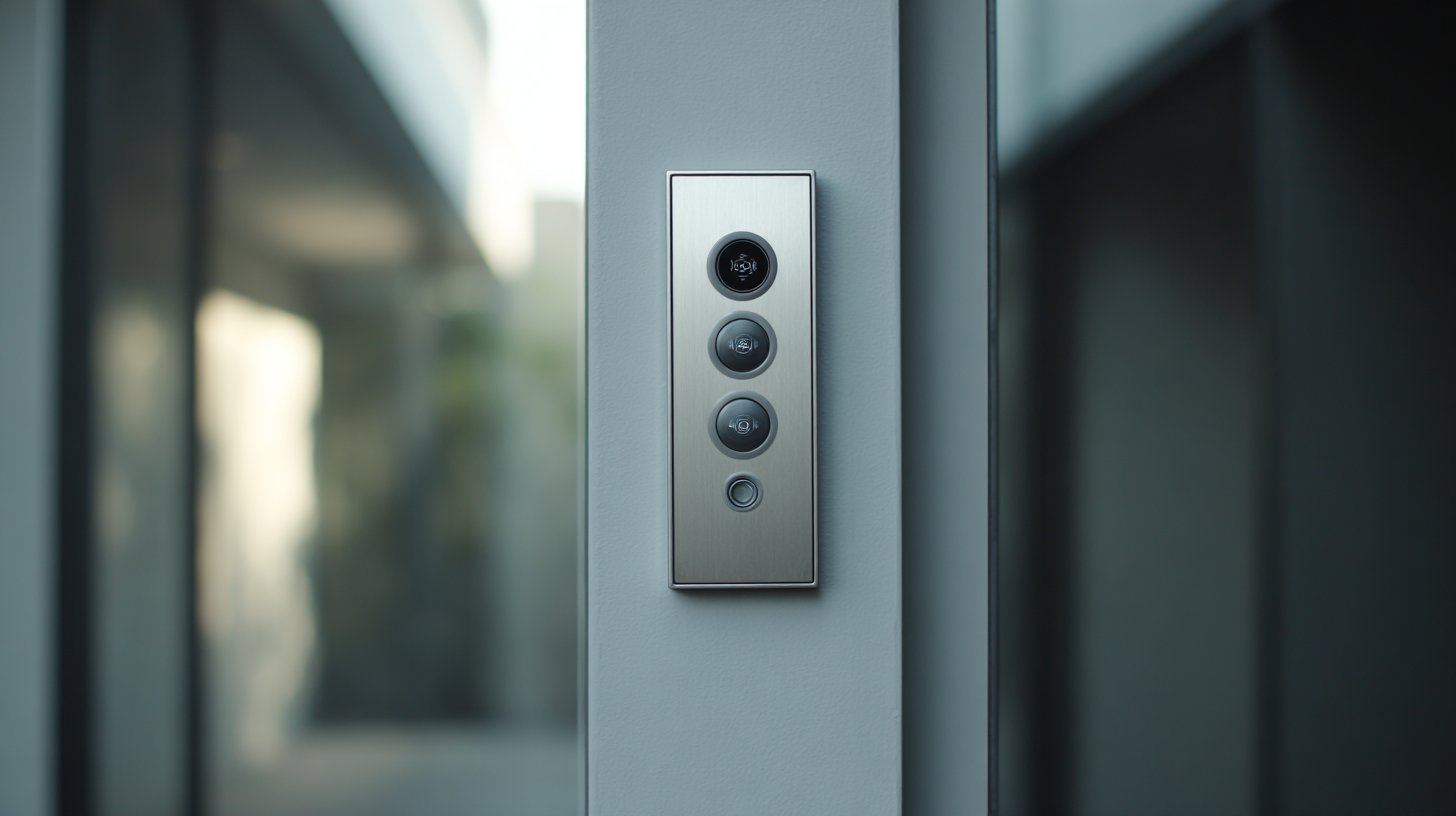
The evolution of IP door entry systems has transformed traditional security infrastructure into a more integrated and efficient solution. Originally reliant on analog technologies, entry systems have progressed significantly with the advent of Internet Protocol (IP) technology. This shift allows for seamless connectivity and remote management, which enhances the versatility of security operations. Modern IP door entry systems not only facilitate two-way communication but also support high-definition video surveillance, providing users with a comprehensive view of their premises in real-time.
Moreover, the integration of smart technology within IP door entry systems has further revolutionized security measures. Features like mobile access, facial recognition, and automated alerts empower users to monitor their properties anywhere, anytime. As these systems become increasingly user-friendly, they also enhance convenience, allowing occupants to grant access with just a tap on their smartphones. This blend of security and convenience is shaping the future of residential and commercial properties, making IP door entry systems a crucial component of modern security infrastructure.
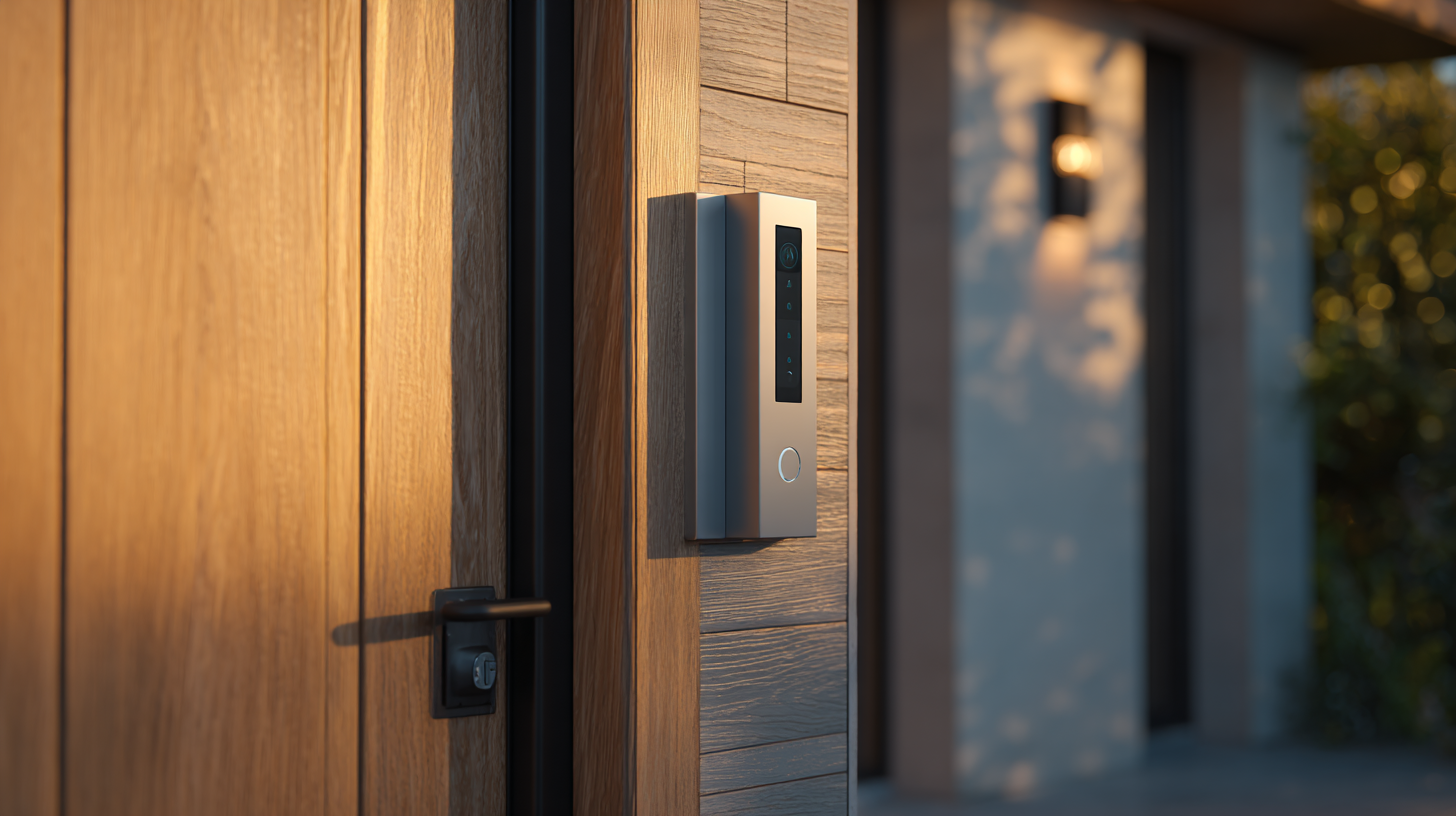
IP door entry systems have revolutionized how we approach security and convenience in modern buildings. The integration of smart technology not only enhances user experience but significantly elevates safety. According to a report by MarketsandMarkets, the global smart door lock market is projected to grow from $1.2 billion in 2020 to $3.6 billion by 2025, reflecting a compound annual growth rate (CAGR) of 24.5%. This surge highlights the increasing trust and reliance on smart technologies for security applications.
The benefits of these systems are manifold. They provide real-time monitoring and remote access, allowing users to control entry points via smartphones or other devices. This capability not only enhances the efficiency of property management but also ensures greater safety; a study by Security Magazine found that properties equipped with smart security systems report 50% fewer break-ins than those that are not. Furthermore, features like automated alerts and video verification further bolster security, giving users peace of mind while maintaining unmatched convenience.
Advanced IP access control solutions are playing a pivotal role in reducing crime rates across various sectors. Statistics indicate a significant correlation between the implementation of IP door entry systems and the decline in criminal activities. As these systems utilize smart technology to offer real-time monitoring and remote access control, they not only enhance security but also provide convenience to users. The ability to manage access points from a mobile device empowers businesses and homeowners alike, making it easier to react swiftly to suspicious activities.
In addition, ongoing advancements in security technology are reshaping industry standards. With the European IP camera market projected to reach substantial growth in the coming years, the deployment of integrated systems that combine surveillance with access control is becoming increasingly prevalent. This trend reflects a broader move towards more sophisticated security solutions that leverage machine learning and artificial intelligence for proactive threat detection. As organizations recognize the importance of safeguarding their assets, the adoption of these advanced solutions is likely to accelerate, further contributing to crime reduction and enhanced safety in communities.
| Year | Crime Rate Reduction (%) | IP Access Control Deployment (% of Properties) | User Satisfaction (%) | Cost Savings (%) |
|---|---|---|---|---|
| 2018 | 10% | 15% | 85% | 5% |
| 2019 | 15% | 25% | 88% | 7% |
| 2020 | 20% | 35% | 90% | 10% |
| 2021 | 25% | 45% | 92% | 12% |
| 2022 | 30% | 55% | 94% | 15% |
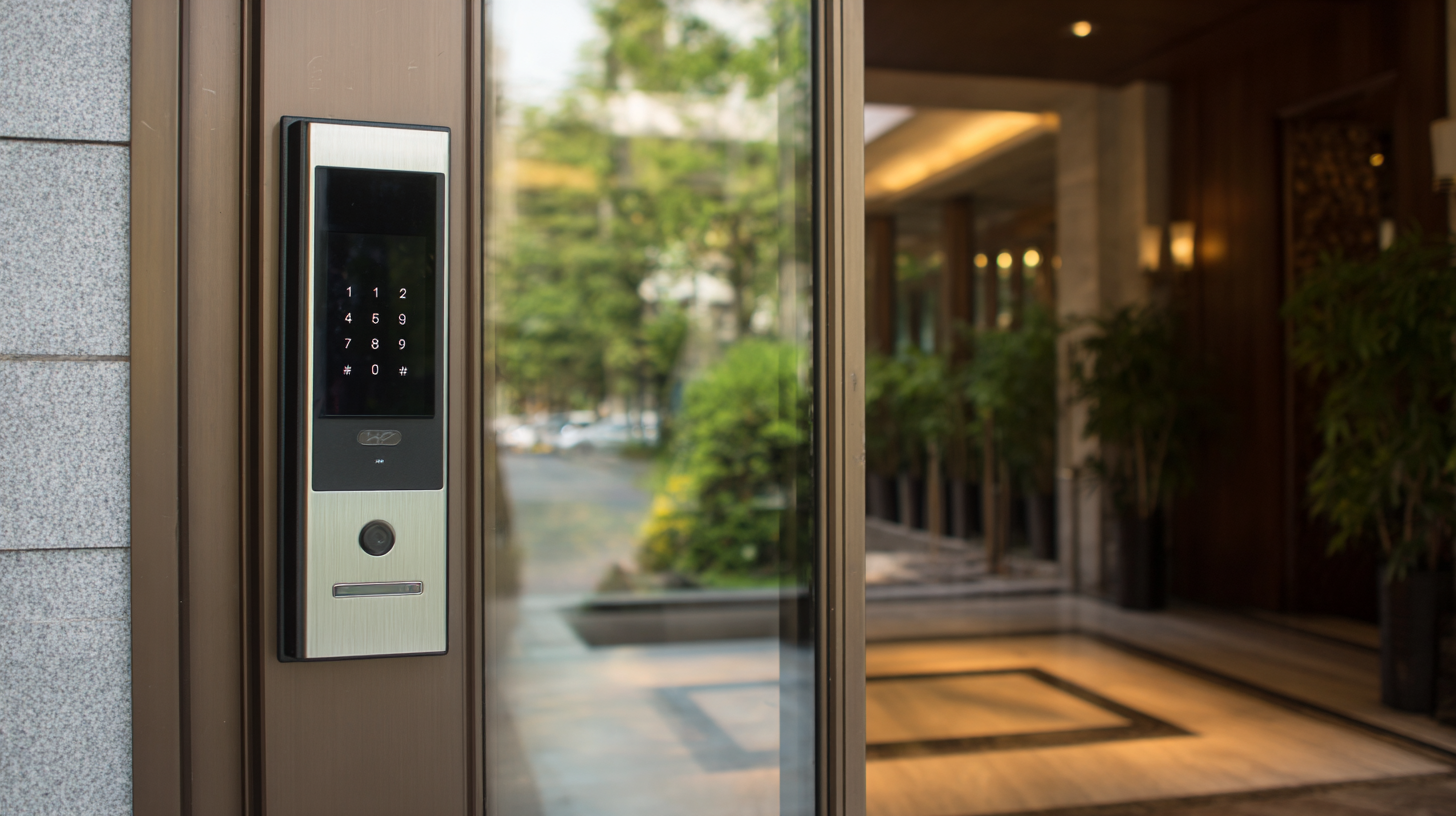 Integrating IP door entry systems with the Internet of Things (IoT) revolutionizes security and convenience in modern living. These advanced systems leverage smart technology to create a seamless entry experience while enhancing safety protocols. By connecting door entry systems to IoT networks, users can monitor and control access remotely, receiving real-time alerts and notifications on their smartphones. This level of connectivity allows homeowners and businesses to manage who can enter their premises at any time, eliminating traditional security vulnerabilities.
Integrating IP door entry systems with the Internet of Things (IoT) revolutionizes security and convenience in modern living. These advanced systems leverage smart technology to create a seamless entry experience while enhancing safety protocols. By connecting door entry systems to IoT networks, users can monitor and control access remotely, receiving real-time alerts and notifications on their smartphones. This level of connectivity allows homeowners and businesses to manage who can enter their premises at any time, eliminating traditional security vulnerabilities.
Moreover, the integration of IP door entry systems with IoT fosters a smart ecosystem where devices communicate effortlessly. For instance, when a visitor arrives, the system can grant access based on facial recognition or mobile credentials, while simultaneously informing the homeowner. This harmonization simplifies the user experience, allowing for easy management of access permissions without compromising security. As technology continues to evolve, the marriage of IP door entry systems and IoT will further enhance both the safety and convenience of access control, paving the way for smarter living environments.
The integration of artificial intelligence (AI) and machine learning into IP door entry systems marks a transformative advancement in security technology. These innovations enable systems to learn from user behaviors and environmental patterns, allowing for adaptive responses to potential security threats. For instance, machine learning algorithms can analyze access patterns to differentiate between regular users and potential intruders, enhancing real-time decision-making processes. This level of intelligence not only improves security but also significantly cuts down on false alarms, ensuring that users receive more accurate alerts and notifications.
Looking towards the future, AI's role in IP door entry systems will likely expand further with the incorporation of facial recognition and biometric scanning technologies. These advancements can provide seamless access management, allowing authorized individuals to enter without the need for physical keys or codes. Moreover, with continuous improvements in AI algorithms, systems will become more efficient in managing large datasets, leading to better threat assessment and response strategies. As smart technology evolves, the convergence of AI and door entry systems promises not just security enhancements but also increased convenience for users, making everyday access smoother and more intuitive.


